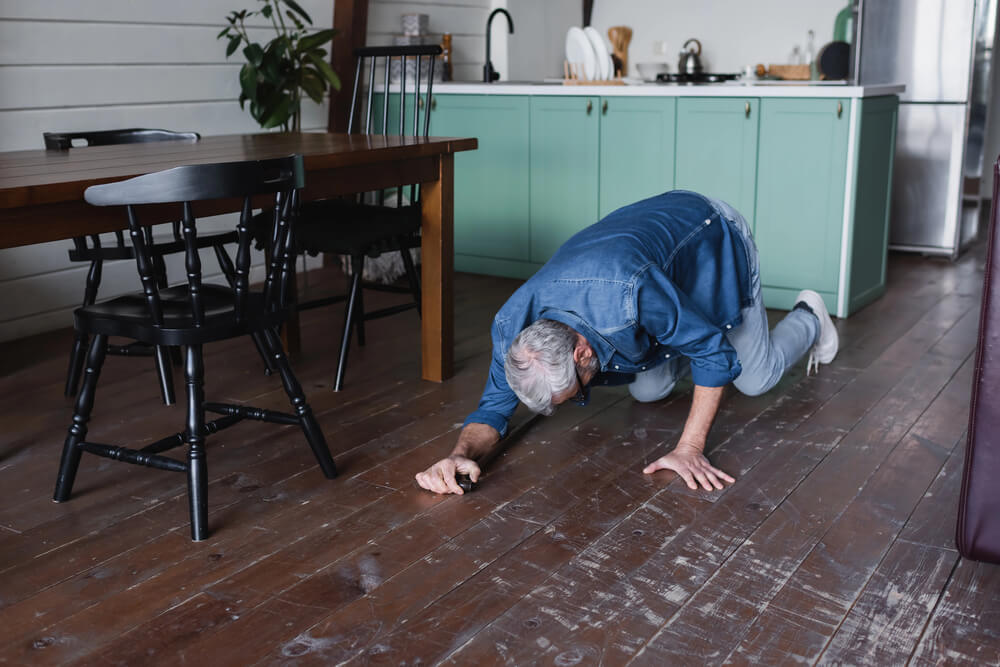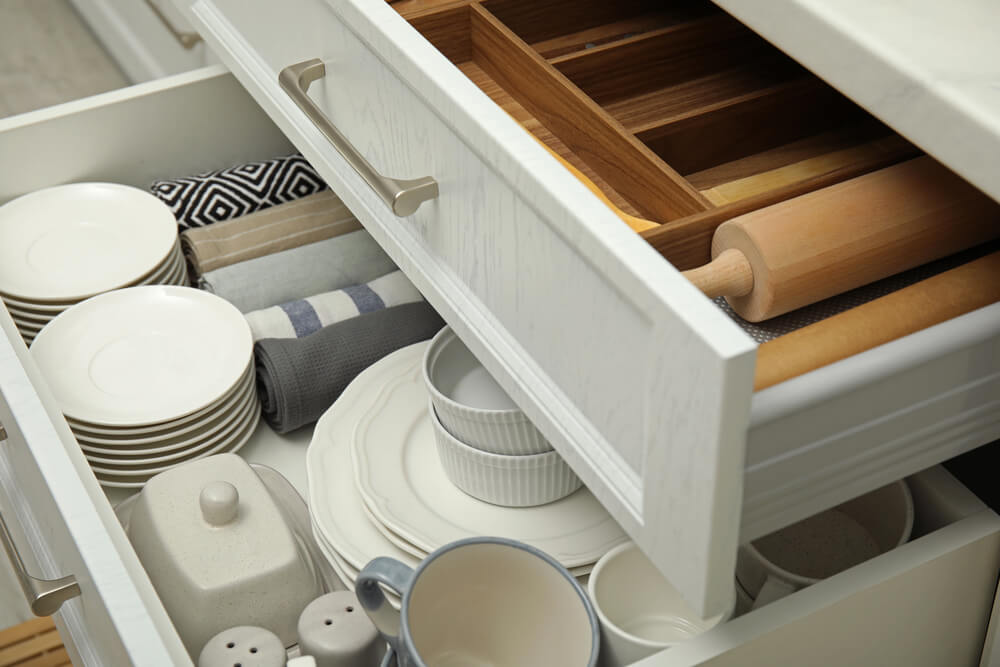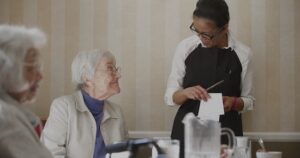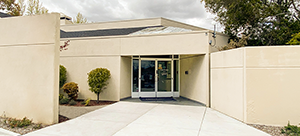Falls represent a major physical and emotional risk for older adults. Evidence shows that the vast majority of falls happen within private homes. Kitchens, bedrooms, and living areas top the list of likely places for falls to occur. It is important to learn how to prevent falls in the kitchen so you can live safely. Read on for some helpful tips.
How Do You Prevent Falls in the Kitchen?

The first step in reducing falls in the kitchen, or anywhere within your home, is to identify risk factors that increase your chance of falling. How do you do that to prevent falls in the kitchen? Completing a comprehensive home audit is a great approach. You can conduct one yourself using a checklist, or have a professional do it for you.
Perform a Safety Inspection
A home safety inspection looks for common hazard items that you might be unaware of. The truth is that many people have multiple risk factors for a fall in their kitchens.
When performing a home safety audit, you need to go from room to room, making note of specific items. Things like throw rugs, exposed extension cords, and cluttered areas should feature prominently in the assessment. However, there are plenty of other seemingly harmless things that can prove very dangerous for a fragile older adult.
Step stools are a perfect example. While they allow people to reach items higher up without overextending, they require someone who may have poor balance to stand on an elevated surface, often without any handles for support.
Even if you do not conduct a full home fall risk assessment, you can work to prevent falls in the kitchen by focusing on that room.
Check the Lighting

As with any space in your home, good lighting is also important. Assess the current light situation, including brightness, switch accessibility, and whether there are enough lights for the space. Consider adding motion-activated fixtures so that you will always have light when you enter the room, even if your hands are too full to flip the switch.
Pay Attention to the Floors
The floors in your kitchen probably have several fall risks that you are unaware of. Be sure to address each aspect of your floors to create a space where you aren’t unintentionally sabotaging your safety.
Area Rugs
Small area rugs and doormats are one of the biggest fall hazards in many kitchens. The best course of action is to remove small rugs. However, if you absolutely must have them, make sure they are firmly anchored down with grippers or carpet tape. This will help limit movement or raised corners that can contribute to trips and falls.
Stairs That Are Awkward or Hard To See
Stairs should be clearly visible, with a contrasting color marking them where needed. They should also all be the same height and depth to improve safety.
Uneven Floors and Abrupt Transitions
Slopes and slight height gaps at transitions between the kitchen and adjoining rooms can create major fall hazards. Talk to contractors about leveling floors that are worn or sagging and install special trim to smooth out transitions.
Evaluate Storage Spaces

Kitchen storage can be a dicey subject at any age. However, when it comes to keeping older adults safe in the kitchen, this is one area that you must look at carefully and objectively.
Start by going through all of the dishes and cups. If you live alone and rarely entertain, you probably don’t need a service for 12 in the most accessible cabinet. Instead, place four of each style on the shelf and put the others either away or on a higher shelf. You will still have them for when company comes over, but you can get to the ones you use the most more easily.
Once that is done, start on the cooking supplies. Most people only use a few pots, pans, and utensils on a daily basis. Keep those items in a convenient cabinet or pot rack. You can even install movable kitchen shelves to store items within easy reach.
Keep in mind that it can be really hard to part with items you have had for a long time. If you are helping a parent or loved one, don’t push them to get rid of things when you sort through them. Instead, offer to pack things up or place them in higher cabinets. This way, the items are still available; they just may need a little help to get them down.
The same process applies to food items in cabinets, the pantry, and the refrigerator. This is a great time to check expiration dates and really think about whether or not you are going to eat those things in the back of the snack cabinet. A little decluttering can go a long way to reducing your risk of falling, and it helps make your home feel more organized.
More Helpful Tips for Preventing Falls in the Kitchen
Once you get the basics in place, a few modifications to daily behavior can keep you moving in the right direction. The National Institute on Aging suggests the following actions:
- Clean spills as soon as they happen
- Prepare food while seated instead of standing to prevent fatigue
- Use a grabber to reach items that are on high shelves
Another option to consider is adding more physical activity to your day. Check out some of the great exercises that can improve balance and help you avoid falls; there’s bound to be one or two that work for you.
Learn How To Prevent Falls in the Kitchen and Throughout Your Home
Falls are a serious problem among older adults. They can lead to broken bones, hospitalization, and a loss of independence. Plus, once you fall, the fear of it happening again can make another fall more likely. Luckily, there are steps you can take to prevent falls in the kitchen and throughout your home. Our team at Elder Care Alliance offers safe and compassionate care that can reduce the risk of falling. Contact us to schedule a visit.




















